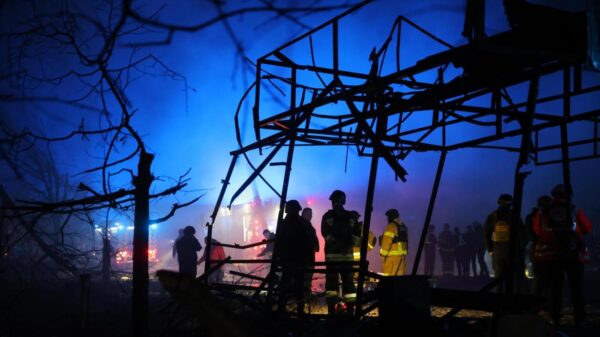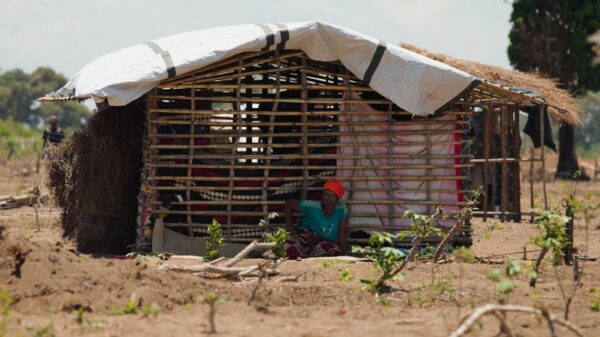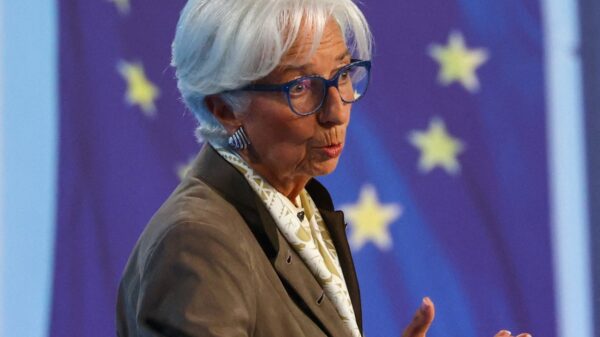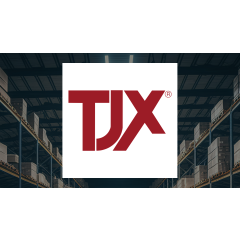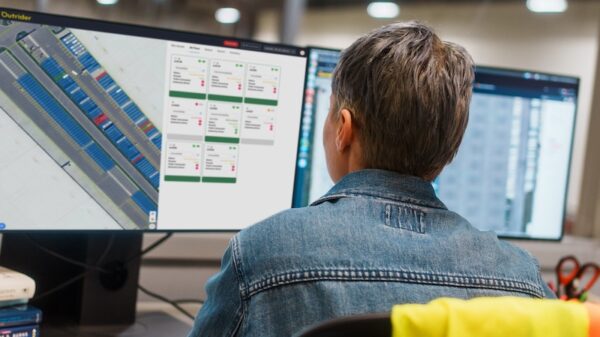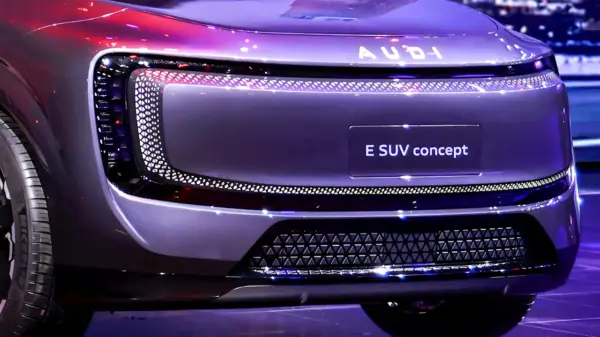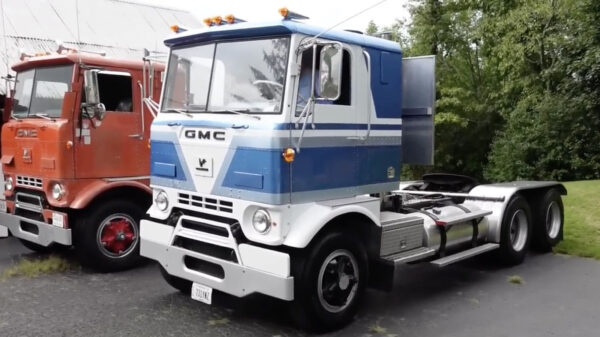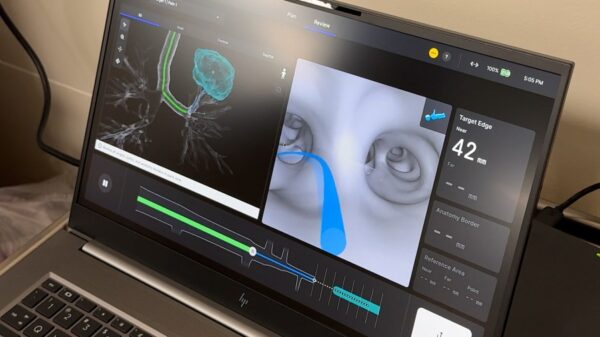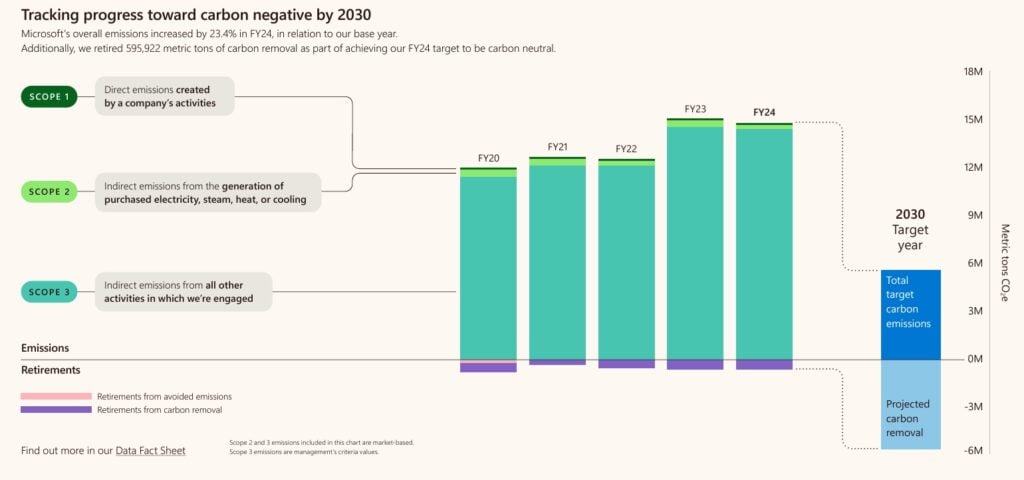Microsoft (NASDAQ: MSFT) is intensifying its climate initiatives as it reports a significant increase in emissions while simultaneously announcing a groundbreaking project aimed at carbon capture. The technology giant revealed in its latest sustainability report that its emissions rose by 23.4% from its base year, largely due to expansion in its cloud and artificial intelligence infrastructure. Despite this setback, Microsoft remains steadfast in its commitment to becoming carbon negative by 2030.
Increased Emissions and Accountability
In the fiscal year 2024, Microsoft’s total emissions reached approximately 15 million metric tons CO2e. Notably, while Scope 1 and 2 emissions decreased by 30% from 2020 levels, the bulk of emissions—97.29%—stemmed from Scope 3 sources, which include emissions from the supply chain and product usage. These figures underscore the ongoing challenges Microsoft faces in managing its environmental impact, particularly from construction materials, logistics, and business travel.
To combat these emissions, Microsoft employs life cycle assessments (LCAs) that track environmental costs from design to end-of-life. This transparency allows the company to identify key sources of emissions and implement effective solutions. Major steps towards reducing emissions include investing in clean energy, enhancing energy efficiency, and utilizing green tariffs.
Transformative Energy Initiatives and Carbon Capture
In a bid to address its Scope 3 emissions, Microsoft is enforcing a Supplier Code of Conduct, mandating that all suppliers use 100% carbon-free electricity by 2030. This initiative encourages suppliers to adhere to standards such as RE100 and aims to improve access to clean energy, especially in regions with weaker infrastructure.
In 2024, Microsoft added an impressive 19 gigawatts of renewable energy capacity across 16 countries, marking its largest expansion to date. Significant projects include a 250-megawatt solar deal in Wisconsin, a partnership on a 415-megawatt solar facility in Germany, and the launch of various projects in Ireland and Poland. Additionally, Microsoft initiated 45 carbon-free electricity projects in countries including Canada, Chile, France, Japan, and Poland.
A landmark component of Microsoft’s strategy is its partnership with Copenhagen Infrastructure Partners and Vestforbrænding for Project Gaia in Denmark. This project will implement a large-scale carbon capture system at a waste-to-energy plant, capturing over 95% of CO2 emissions. Microsoft has committed to purchasing 2.95 million tons of carbon removals starting in 2029, reflecting a significant commitment to long-term carbon management.
Brian Marrs, Senior Director of Energy & Carbon Removal at Microsoft, emphasized the importance of innovative approaches like Project Gaia, stating, “Gaia’s approach of retrofitting waste-to-energy facilities helps unlock more carbon-free energy while ensuring waste prevention and recycling remain top priorities.”
As part of its broader sustainability strategy, Microsoft has also contracted nearly 22 million metric tons of carbon removal in the last fiscal year, surpassing all previous efforts combined. This includes projects in Sweden and Brazil, focusing on bioenergy with carbon capture and storage (BECCS) and large-scale reforestation initiatives.
With these comprehensive efforts, Microsoft aims not only to meet its carbon negative target by 2030 but also to support its commitment to removing all historical operational emissions by 2050. The combination of innovative technology, supplier engagement, and strategic investments paints a picture of a company determined to lead in the fight against climate change while navigating the complexities of its growing business footprint.








